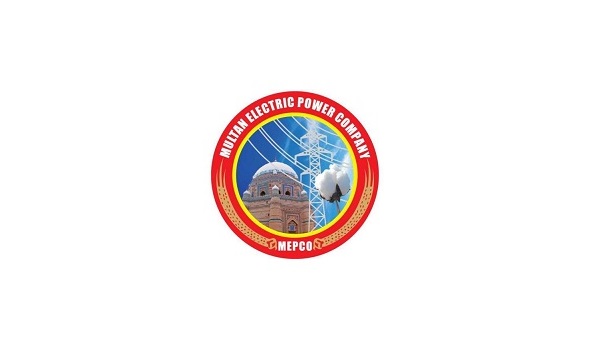Gwadar: In an unprecedented development, approval has been granted for 12MW of uninterrupted electricity to New Gwadar International Airport (NGIA) for smooth operation, according to news published on June 7.
Read: Gwadar International Airport’s tentative inauguration date revealed
The Ministry of Planning has decided to energise the NGIA and meet its energy requirements. The Quetta Electric Supply Company (QESCO), in collaboration with the National Power Distribution Company, has officially has 12 MW approved for New Gwadar International Airport. Dedicated teams have been deployed to the site for the full-scale implementation of the project.
According to a QESCO official (whose name was not disclosed), the tenting and commissioning process is expected to be completed within 10 days. All necessary infrastructure, including pole erections, transmission lines, and electrical circuits, has already been aligned with the installed power system. To ensure a seamless power supply without any disruptions, NGIA will have access to 12 MW round the clock. Three power transmission lines will be connected to NGIA, providing backup arrangements in case of any operational issues with one line.
The three power transmission lines are as follows:
- the first line spans 286 kilometres and is a 132kV dual-circuit transmission line through Naal-Basima-Naag-Panjgur
- the second line originates from the Mund-Pishin-Turbat transmission line to Gwadar Grid Station
- the third line comes from the Gabd-Remden power transmission line to Jiwini-Gwadar Grid Station
Upon completion of the electrification process, NGIA is expected to commence operations and welcome national and international flights by mid-September this year. This development marks a new era in modern air travel, connecting Gwadar with the rest of the world.
Read: Test flight from new Gwadar Int’l Airport begins in March
According to a Gwadar Development Authority (GDA) official, the construction work for NGIA, including civil, structural, mechanical, and engineering aspects (excluding navigational and communication work), is almost complete.







